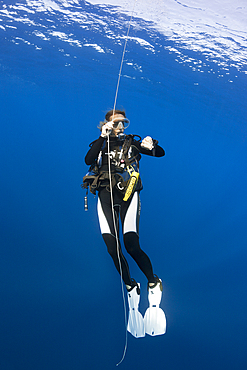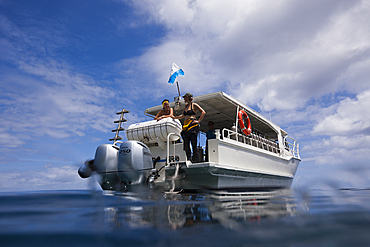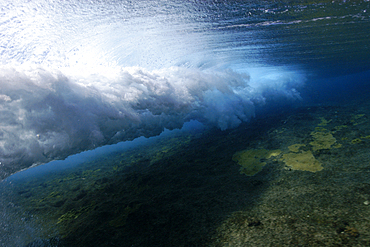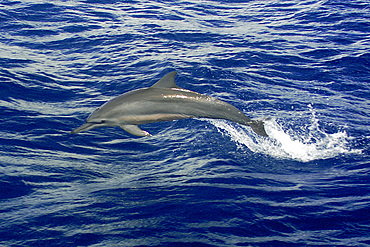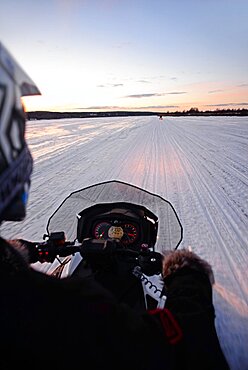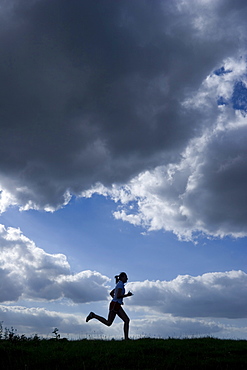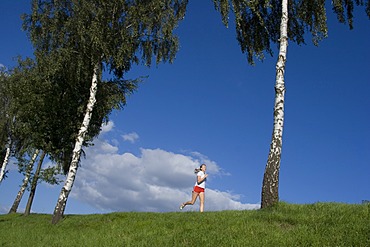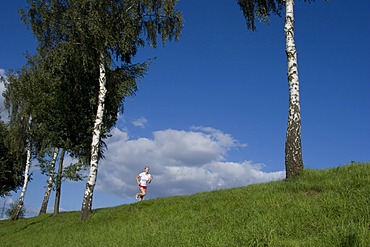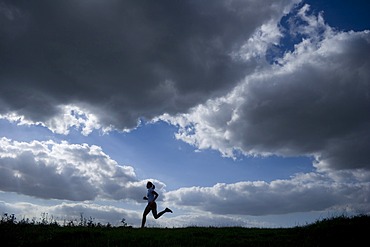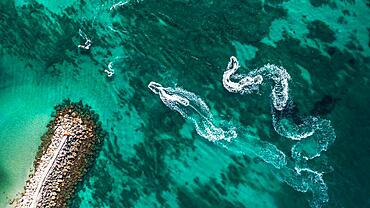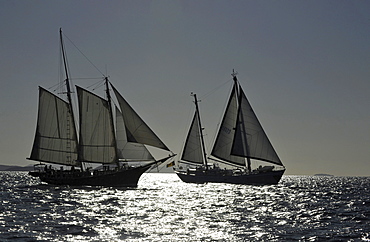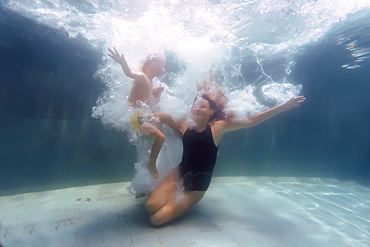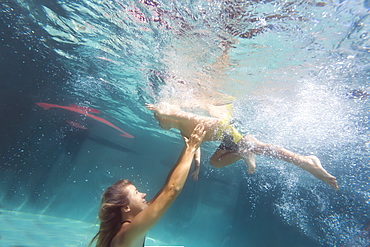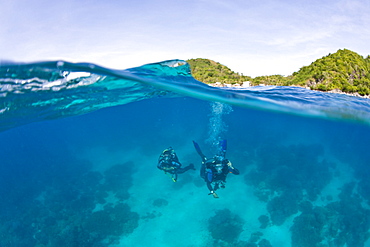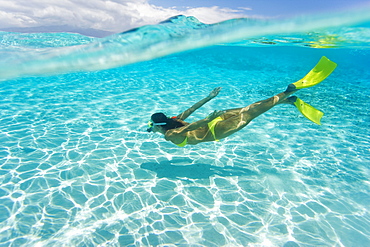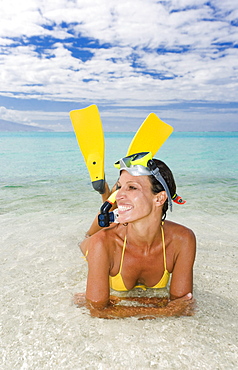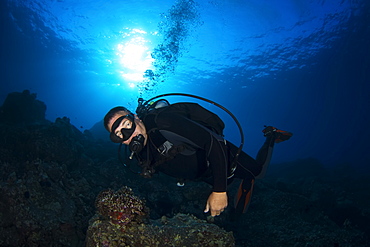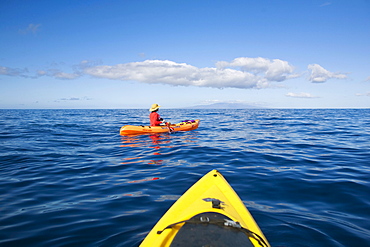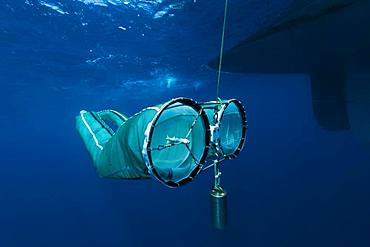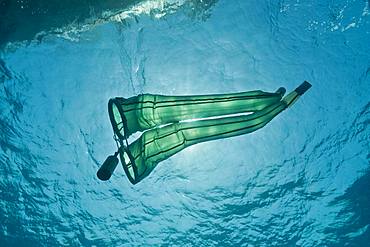Results
30 results found
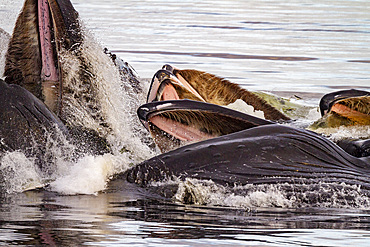
Adult humpback whales (Megaptera novaeangliae) co-operatively bubble-net feeding in Snow Pass, Alaska, United States of America, North America
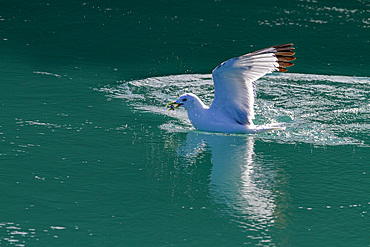
Black-legged kittiwake (Rissa tridactyla) feeding on small fish in Tracy Arm, Southeast Alaska, United States of America, North America
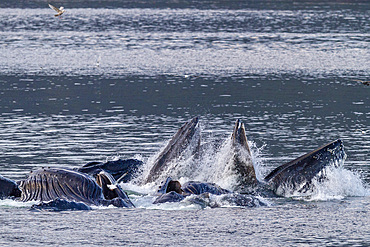
Adult humpback whales (Megaptera novaeangliae) co-operatively bubble-net feeding in Snow Pass, Alaska, United States of America, North America
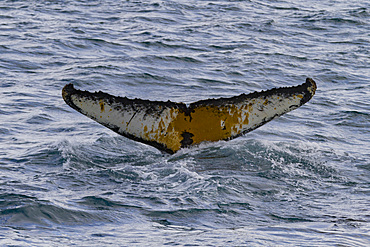
Humpback whale (Megaptera novaeangliae) flukes-up dive in the Weddell Sea near the Antarctic Peninsula, Antarctica, Polar Regions
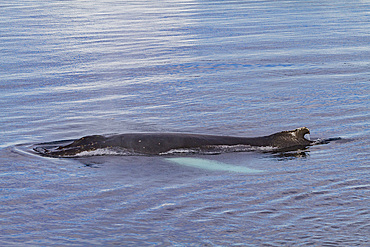
Humpback whale (Megaptera novaeangliae) surfacing in the Weddell Sea near the Antarctic Peninsula, Antarctica, Polar Regions
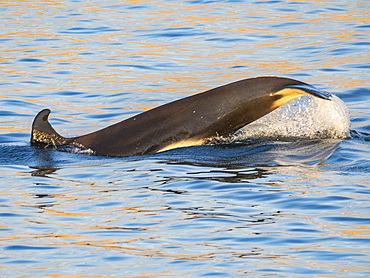
Killer whale female (Orcinus orca), tail-lobbing off Isla San Lorenzo, Baja California, Sea of Cortez, Mexico, North America
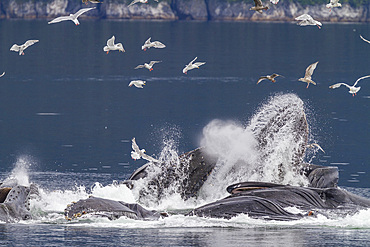
Adult humpback whales (Megaptera novaeangliae) co-operatively bubble-net feeding in Southeast Alaska, United States of America
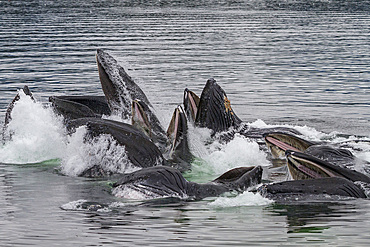
Adult humpback whales (Megaptera novaeangliae) co-operatively bubble-net feeding in Southeast Alaska, United States of America
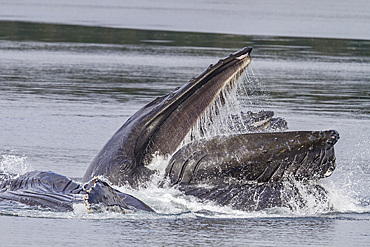
Adult humpback whales (Megaptera novaeangliae) co-operatively bubble-net feeding in Southeast Alaska, United States of America
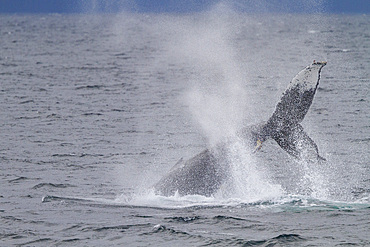
Adult humpback whale (Megaptera novaeangliae) tail throw among feeding whales in Southeast Alaska, United States of America
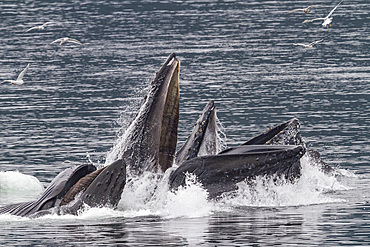
Adult humpback whales (Megaptera novaeangliae) co-operatively bubble-net feeding in Southeast Alaska, United States of America
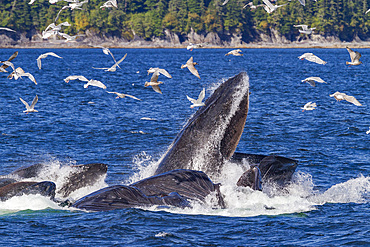
Adult humpback whales (Megaptera novaeangliae) co-operatively bubble-net feeding in Southeast Alaska, United States of America
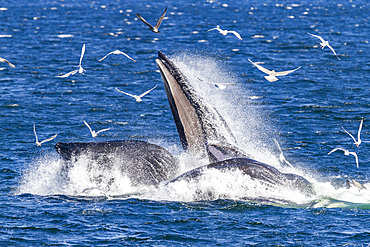
Adult humpback whales (Megaptera novaeangliae) co-operatively bubble-net feeding in Southeast Alaska, United States of America
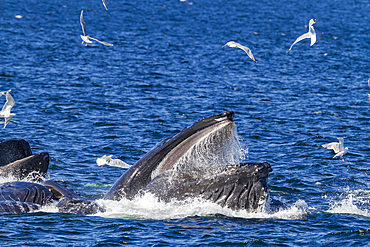
Adult humpback whales (Megaptera novaeangliae) co-operatively bubble-net feeding in Southeast Alaska, United States of America
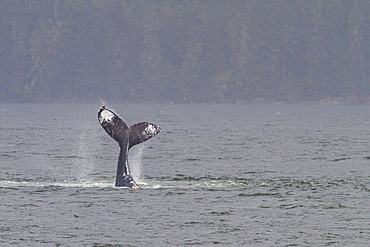
Adult humpback whale (Megaptera novaeangliae) tail throw among feeding whales in Southeast Alaska, United States of America
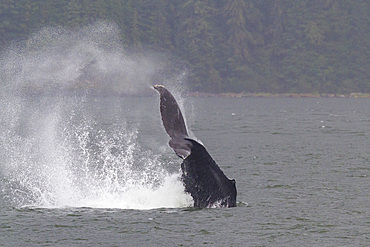
Adult humpback whale (Megaptera novaeangliae) tail throw among feeding whales in Southeast Alaska, United States of America
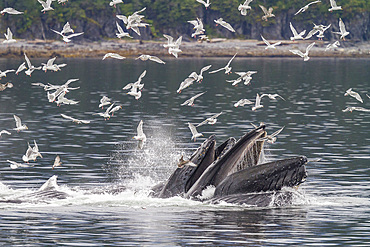
Adult humpback whales (Megaptera novaeangliae) co-operatively bubble-net feeding in Southeast Alaska, United States of America
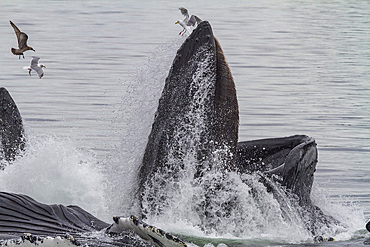
Adult humpback whales (Megaptera novaeangliae) co-operatively bubble-net feeding in Southeast Alaska, United States of America
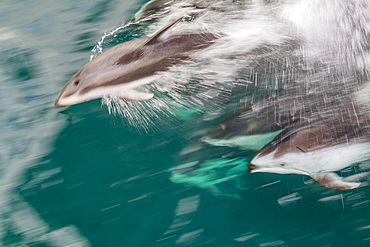
A pod of Pacific white-sided dolphins (Lagenorhynchus obliquidens) bow-riding in Johnstone Strait, British Columbia, Canada
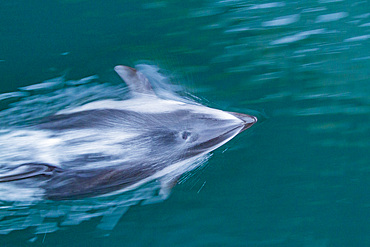
An adult Pacific white-sided dolphin (Lagenorhynchus obliquidens) bow-riding in Johnstone Strait, British Columbia, Canada
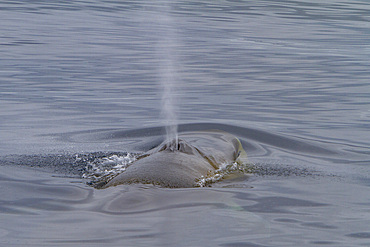
Adult fin whale (Balaenoptera physalus) sub-surface feeding in the rich waters off the Svalbard Archipelago, Norway
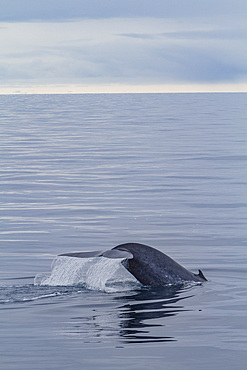
A rare sighting of an adult blue whale (Balaenoptera musculus) sub-surface feeding in the Svalbard Archipelago, Norway
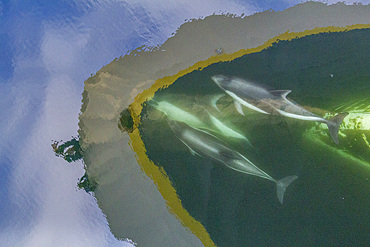
Adult Peale's Dolphin (Lagenorhynchus australis), bow-riding near New Island in the Falkland Islands, South America
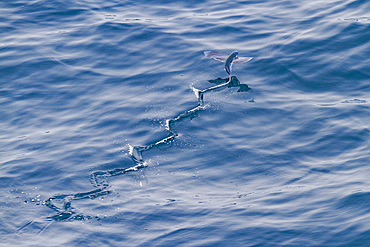
Flying fish from the family Exocoetidae take flight as the ship flushes them just off Ascension Island in the southern tropical Atlantic Ocean, South Atlantic Ocean
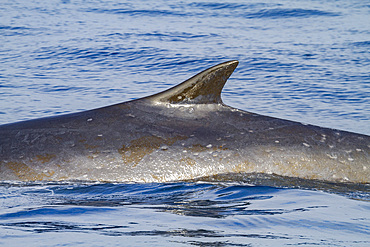
Adult fin whale (Balaenoptera physalus) surfacing in the rich waters off the continental shelf near South Georgia, Polar Regions
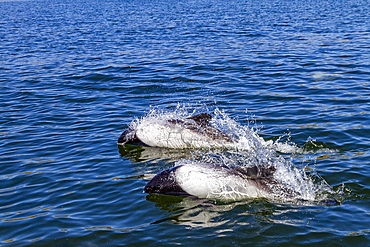
Adult Commerson's dolphin pair (Cephalorhynchus commersonii), surfacing in Stanley Harbor in the Falkland Islands, South America
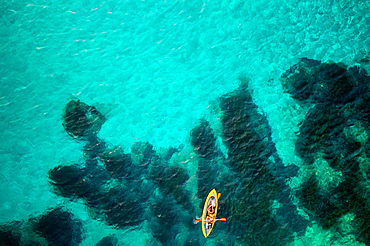
Aerial drone above view of a kayak on the turquoise water of Mediterranean Sea, Sardinia, Italy, Mediterranean, Europe
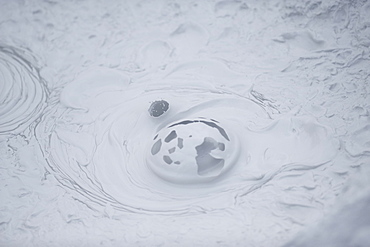
Geothermal activity, Sulphur mud, volcanic activity, Valley Of Uzon, Valley of Geysers, Petroavlovsk, Russia, Asia
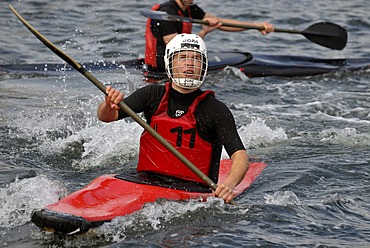
Canoe Polo players in action, 38th Kiel Week Canoe Polo Tournament, Kiel Week 2008, Kiel, Schleswig-Holstein, Germany, Europe
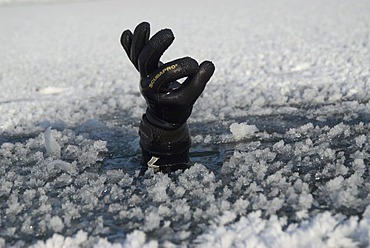
Diver sticking his hand out through a small opening in the frozen water, Reichraming, Upper Austria, Austria, Europe
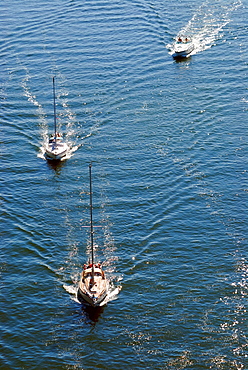
Sailboats and motor boats on the Nord-Ostsee-Kanal, Kiel Canal, Kiel, Schleswig-Holstein, Germany, Europe

Fully rigged three-masted barque, traditional sailing, windjammer Arthemis with the Friedrichsort lighthouse in the distance, Kiel Week 2010, Kiel Fjord, Schleswig-Holstein, Germany, Europe
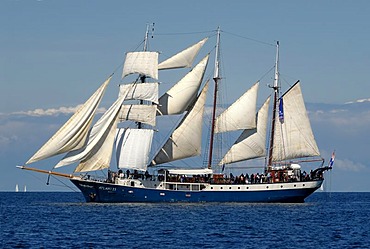
Fully rigged three-masted schooner, Atlantis, traditional ship, tall ship, Kiel Week 2010, Kiel Fjord, Schleswig-Holstein, Germany, Europe
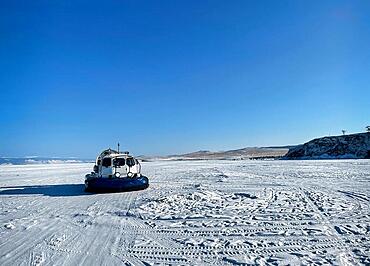
Khivus winter transport on ice. Hovercraft. Ice on the surface of the transparent frozen Lake Baikal. Blue sky. Horizon. Horizontal. Baikal in winter
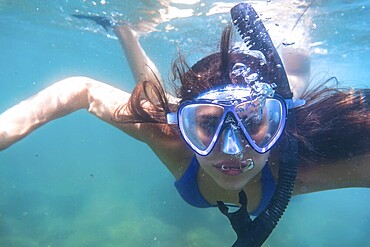
Tourist enjoys snorkeling in crystal clear ocean water, creating a stream of bubbles as she breathes through her snorkel
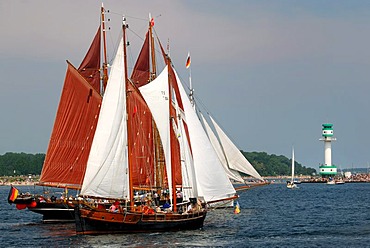
Sailing ships at the windjammer parade of the Kiel Week 2006 with Friedrichsort lighthouse at back, Kiel Fjord, Schleswig-Holstein, Germany, Europe
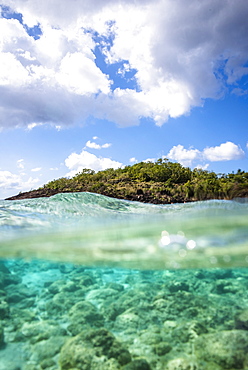
Scenic view of reef in Bouillante at the Jacques Yves Cousteau Underwater Preserve, Basse Terre, Guadeloupe

Woman standing under the large, boulders on the seaside shores of The Baths, a famous beach in the BVI's, Virgin Gorda, British Virgin Islands, Caribbean
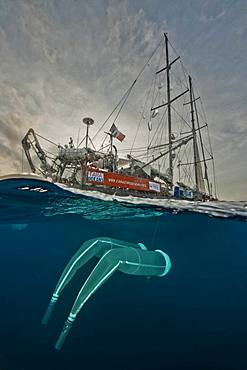
Tara Oceans Expeditions - May 2011. Tara with deployed plancton nets. On "station", the boat is drifting without engine or sails. Tara Oceans, a unique expedition: Tara Oceans is the very first attempt to make a global study of marine plankton, a form of sea life that includes organisms as small as viruses and bacterias, and as big as medusas. Our goal is to better understand planktonic ecosystems by exploring the countless species, learning about interactions among them and with their environment. Marine plankton is the only ecosystem that is almost continuous over the surface of the Earth. Studying plankton is like taking the pulse of our planet. Recently, scientists have discovered the great importance of plankton for the climate: populations of plankton are affected very rapidly by variations in climate. But in turn they can influence the climate by modifying the absorption of carbon. In a context of rapid physico-chemical changes, for example the acidification observed today in the world's oceans, it is urgent to understand and predict the evolution of these particular ecosystems. Finally, plankton is an astonishing way of going back in time ? a prime source of fossils. Over the eons, plankton has created several hundred meters of sediment on the ocean floors. This allows us to go back in time, to the first oceans on Earth, and better understand the history of our biosphere. More than 12 fields of research are involved in the project, which will bring together an international team of oceanographers, ecologists, biologists, geneticists, and physicists from prestigious laboratories headed by Eric Karsenti of the European Molecular Biology Laboratory. Galapagos
